Everest Base Camp for Beginners: A Journey Of A Lifetime Awaits
Can a beginner hike to Everest Base Camp?
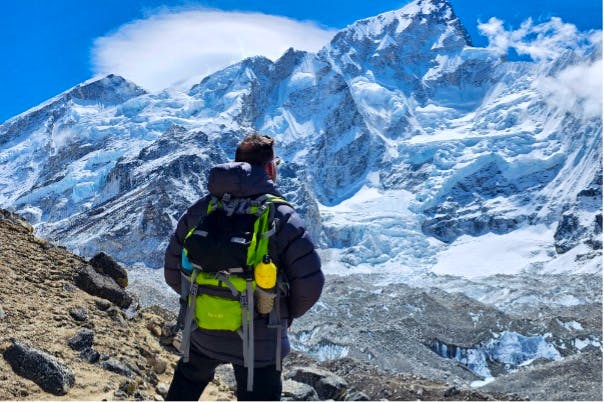
How Difficult Is Everest Base Camp for Beginners: 6 Top Tips to Succeed
1. Prepare for the Physical and Mental Challenges
Physical Training Programs
Cardio: Incorporate at least 30 minutes of cardio, like jogging or cycling, 3-4 times a week.
Strength Training: Focus on leg strength with exercises like squats and lunges. Don’t forget core exercises to improve your balance.
Endurance: As you get closer to your trek date, take long walks or hikes with a weighted backpack to simulate trekking conditions.
Mental Preparation
Visualisation: Spend some time visualising successful moments during your hike. This can boost your confidence and reduce anxiety.
Mindfulness and Breathing: Learn basic mindfulness techniques and deep breathing exercises. These can help you stay calm in stressful situations.
Connect with Past Trekkers: Hearing firsthand accounts can provide invaluable insights and set realistic expectations for your trek.
Acclimatisation Tips
Take It Slow: Most itineraries include acclimatisation days. Use these to take short hikes to higher altitudes, then return to a lower elevation to sleep.
Stay Hydrated: Drink at least 2-3 litres of water daily. Dehydration can be misdiagnosed for altitude sickness symptoms.
Know the Signs: Headaches, nausea, and dizziness are common symptoms of altitude sickness. If you experience these, don’t ascend further until symptoms subside.
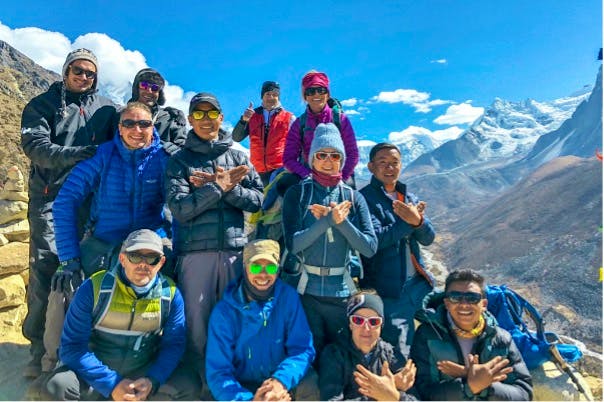
2. Understand the Reality of the Trek
It’s not a race: Many people think the trek is a sprint to Everest Base Camp, but it’s more of a marathon. Rushing can lead to altitude sickness. Slow and steady wins this race.
You don’t need to be an athlete: While a good fitness level will make the trek more enjoyable, you don’t need to be an Olympic athlete to reach Base Camp. Proper acclimatisation and pacing are more critical.
Luxury is limited: Don’t expect five-star hotels along the route. Accommodations are basic, often without heating, and hot showers are rare. However, the warmth of the local hospitality more than makes up for it.
Connectivity is spotty: If you expect to be Instagramming every moment, think again. Internet access is limited and becomes even more so as you ascend.
It’s not a solo journey: You’ll meet many like-minded adventurers. The camaraderie among trekkers and locals alike is part of what makes this experience so unique.
The weather is unpredictable: Always be prepared for sudden Everest Base Camp weather changes. What starts as a sunny day can quickly turn into a snowstorm. See: best time to hike to EBC.
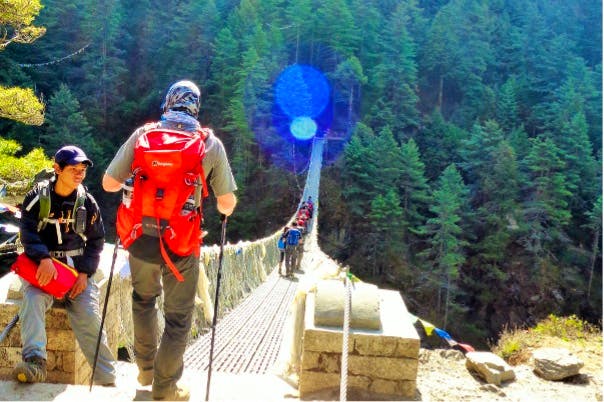
3. Have the Proper Permits and Paperwork
Sagarmatha National Park Permit

Khumbu Pasang Lhamu Rural Municipality Permit
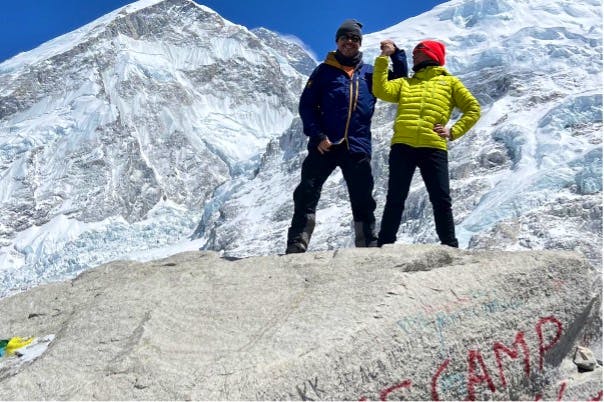
4. Choose the Best Time to Go
March-May: The Season of Renewal
September-October: The Golden Months
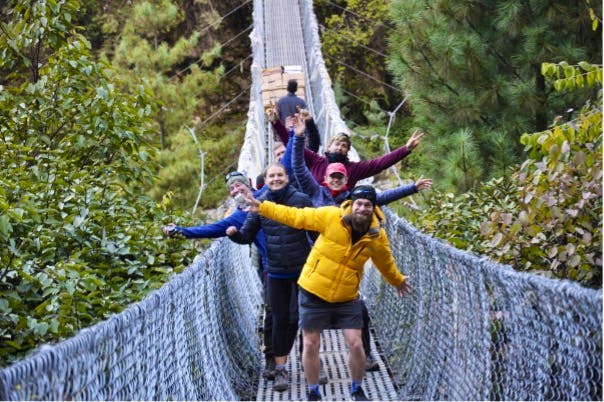
5. A Guide or Porter is Essential for Beginners
Benefits of Hiring a Guide
Local Knowledge: A guide knows the terrain like the back of their hand, ensuring you take the safest and most scenic routes.
Cultural Insight: Guides can offer invaluable insights into the local culture, traditions, and history, enriching your trekking experience.
Safety: In case of emergencies, a guide can coordinate rescue efforts and provide basic first aid.
Acclimatisation: A guide can monitor signs of altitude sickness and suggest when to ascend or descend, making your trek safer.
Logistics: Your guide will handle all the nitty-gritty details like lodging and permits, allowing you to focus on the hike.
Benefits of Hiring a Porter
Reduced Load: Carrying a heavy backpack at high altitudes can be exhausting. A porter takes on this burden, allowing you to trek more comfortably.
Speed and Efficiency: With a lighter load, you can maintain a steadier pace, making the most of your trek.
Job Creation: Hiring a porter provides much-needed employment opportunities in the local communities.
12-day trek-only hike to EBC (porter not included)
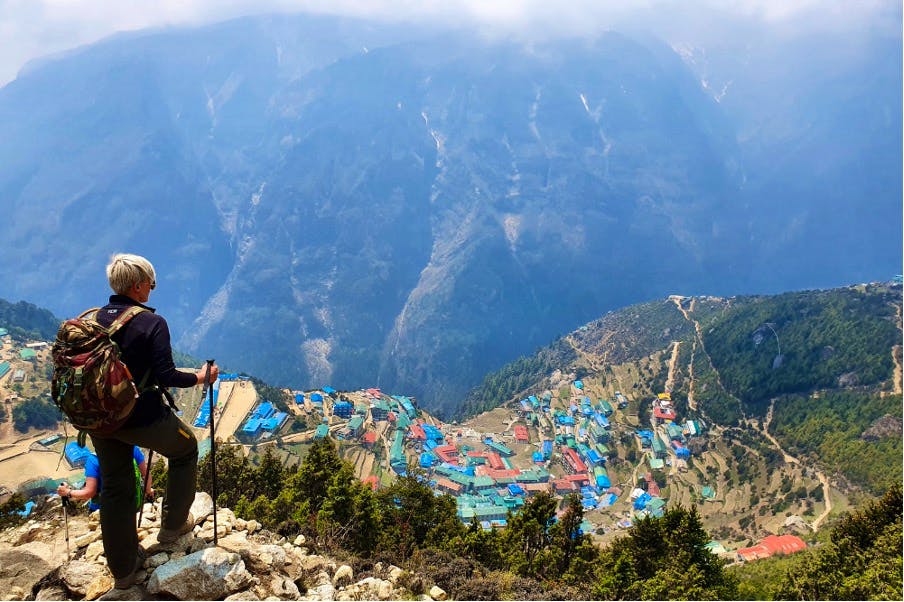
6. Get Travel Insurance
Medical Emergencies: The higher you go, the thinner the air gets, increasing the risk of altitude sickness. In severe cases, you may require emergency evacuation, which can cost upwards of $5,000. A comprehensive travel insurance policy covers these costs (make sure it includes heli-evac).
Trip Cancellations: Life is unpredictable. If you have to cancel your trip last minute due to unforeseen circumstances, travel insurance can cover non-refundable costs like tour costs and flights.
Lost or Stolen Items: While theft is relatively rare on the trek, it’s always better to be safe than sorry. Travel insurance can cover the cost of lost or stolen items, such as passports, cameras, or other valuable gear.
Natural Disasters: The Himalayas are prone to natural disasters like landslides and earthquakes. Insurance can provide coverage for any disruptions these may cause to your trek.
Legal Assistance: In the unlikely event you require legal help while abroad, some travel insurance policies offer coverage for legal fees and expenses.
Peace of Mind: Perhaps the most significant benefit is the peace of mind that comes with knowing you’re covered for almost any eventuality. You can focus on the trek, soaking in the incredible landscapes and cultural experiences, without the nagging worry of “what if.”
Conclusion
More EBC Articles
Find your next adventure
Why Skyhook?
Join over 27,000 Skyhook adventurers who've used our platform to book directly with our vetted local guides, at local prices (we never markup).
Expert Local Guides
Experienced local guides, handpicked by us.
Best Prices
Never pay a markup on the local guide's price.
Exclusive Club
Earn loyalty rewards every time you travel.
Great Social Vibes
Small group tours provide a richer experience.
Stellar Feedback
Over 2,800 reviews, average of 4.9/5 stars.












